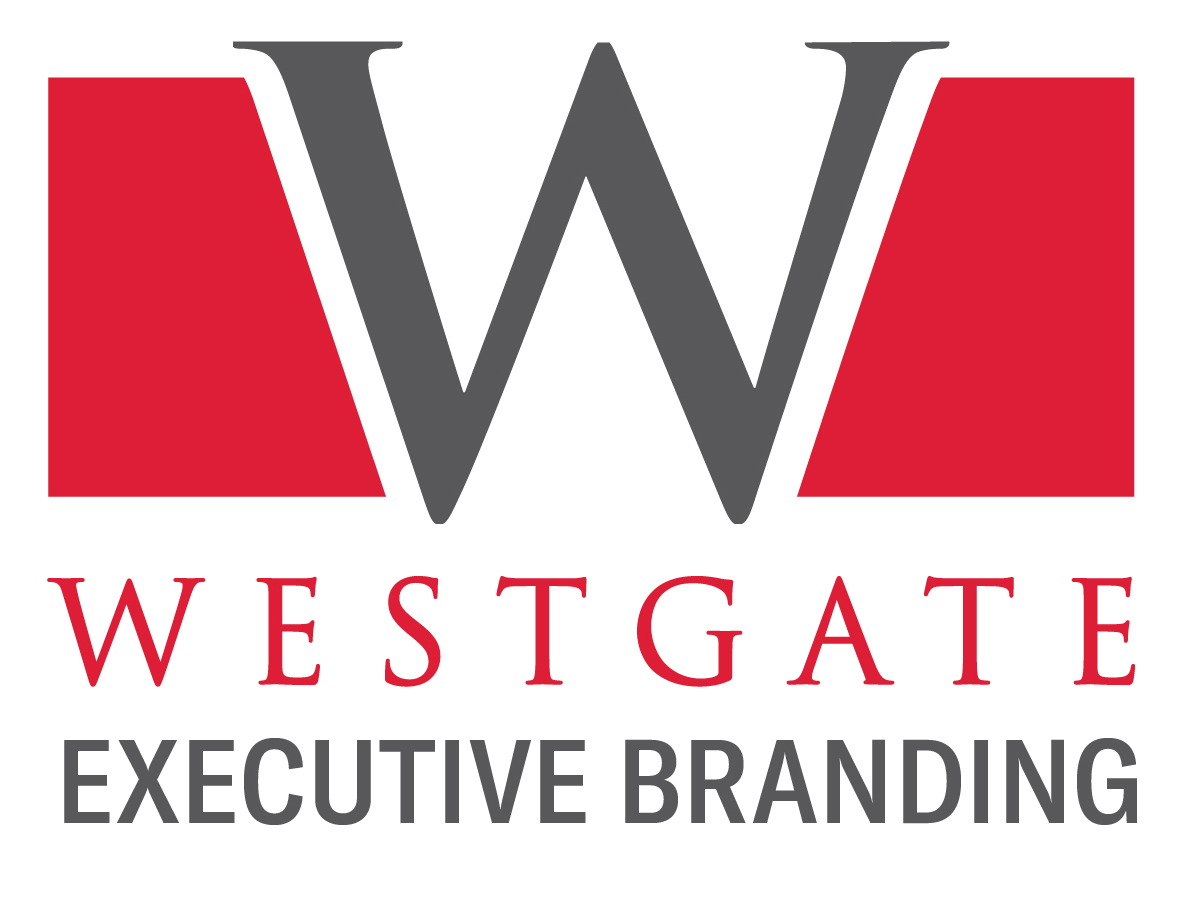Employer Branding refers to the branding strategy used to influence the way that current and potential employees view an organization. Employer branding communicates the corporation's reputation as a place to work, and employers who do it well have lower employee turnover, are more profitable, have lower customer churn, and far more satisfied customers.
The impact of employee turnover
Interpersonal conflict causes harm—and its impact is amplified at the senior level. It reduces productivity, deflates morale, and can lower profitability.

Although the Senior Vice President and Vice President get along with most of the team, APPLE and ORANGE, constantly disagree. The CEO has moved ORANGE around the organization several times and while this tactic works in the short term, it’s simply not sustainable.
APPLE is the VP of IT Operations, and ORANGE is the SVP of Product. APPLE is being groomed for the CTO (chief technology officer) role.
H O U S T O N WE’VE GOT A PROBLEM
Based on a preliminary assessment, APPLE and ORANGE were at odds. APPLE enjoyed a high employee engagement score—his staff adored him. He’d worked very hard to engage his team, recognize them, and serve them as a servant leader. APPLE simply wanted to lead a great team, serve their customers, and earn a decent salary.
ORANGE seemed to resent APPLE (and others), despite his brilliance.
Here are two potential outcomes.
YOU CHOOSE:
- APPLE tried to reason with ORANGE to see where they could cooperate. ORANGE refused using passive/aggressive means. ORANGE would not meet with APPLE. When APPLE invited ORANGE to meetings, ORANGE accepted invitations and either not show up for the meeting or would cancel the meeting at the last hour. It is clear that ORANGE does not want to play.
- The CEO met with the Chair of the Board in advance of their upcoming board meeting. Succession planning is a standing agenda item and the CEO wanted to prepare the Chair for a discussion of APPLE and ORANGE. Something needed to change with ORANGE. Complaints were up and they new that despite ORANGE’S skill and intelligence, he would need to leave the organization before they lose APPLE and APPLE’s growing employee fan base.
There were two options for the Board. They could either terminate ORANGE without cause, hire an outplacement firm to assist with the transition, or they could try another solution with a more positive outcome and a different approach.
It was a highly sensitive issue. The CEO decided the better course of action, rather than to terminate ORANGE would be to offer him a private solution—personal branding—to help him determine his wants, needs, and to help him decide on his own if Goldilocks was truly the best place for him. To terminate ORANGE would be tricky because ORANGE is well connected to the capital markets and to risk the firm’s reputation could harm the firm externally.
ORANGE was then invited to participate in a personal branding program to help raise his visibility within Goldilocks investment community. The key messaging was developed using a 360-degree assessment and creating signature stories and consistent and authentic internal and external messages. Internal messaging re-established trust with internal constituents while building critical supply chain relationships in the marketplace.
ORANGE’s thought leadership was developed, and he began to pique the interest of internal employees while being interviewed by the media and invited to industry roundtables. He began to serve as the go-to person for product development for Goldilocks’ growing and differentiated market.
APPLE, on the other hand, was promoted to the co-CTO and is an active part of the succession plan for the CTO once the incumbent CTO retires. A double benefit for the Boards is that APPLE can step into the CTO role in the event of a sudden absence of the current CTO (COVID for example).
Although they will never be best friends, APPLE and ORANGE have now undergone personal branding and understand their respective value propositions and are now clear on their own path forward—conflict eliminated.
The board was so pleased with the outcome, they decided to invite the rest of the senior leadership team to undergo their own personal branding program.

Benefits of Personal Branding for Senior Leadership Teams
- Gain confidence through clear messaging, whether internal or external.
- Improved leadership of their own teams, communications open, expectations are clear, and ambiguity is reduced.
- Work-life harmony and less conflict—more relationship building.
- Employer branding is amplified—the prestige of undergoing branding crates trust, goodwill, and loyalty.
Benefits to Goldilocks
- The board is relieved that they’ve retained two high-performing (albeit adversarial) leaders. The avoided cost of termination is exponentially higher than the costs associated with personal branding.
- Goldilocks’ employer brand is preserved. Employees will see the effort that Goldilocks invested in their leaders’ success. This will lead to improved employee engagement.
- Investors and shareholders will be pleased to learn how the CEO and the board avoided a potentially harmful departure of two key leaders.
- When the numbers are run on the avoided termination/departure of the two leaders, the balance sheet wins!
Companies with a strong employer brand:
WD-40 Company
Hilton
Salesforce
Cisco
American Express
Code42

Option C – Termination of ORANGE
Given ORANGE’S tenure with Goldilocks, his age (54), and the current market conditions (the industry is shrinking), it will be difficult for ORANGE to attract a senior level role in this region.
The cost of his termination will be at least 2.5 times his current salary ($1.3M USD), which doesn’t include the cost of recruiting a replacement, the expense of doing so and the time it will take the new executive to onboard, train, learn the systems and such, but the lost productivity while ramping up.
When a human being is terminated from his or her job (including forced resignations or under duress of any kind, including sabotaging him/her so they will resign), it takes a significant toll on their psychological and physical health. Imagine yourself, having to face your family with the message you’ve been terminated from the organization you were loyal to for 20+ years!
There is a downward trajectory of emotions when this happens. Those left behind at Goldilocks will wonder if they may face the same fate. No matter how carefully the message is prepared, employees will certainly wonder and if they are wise, they will start their own “Plan B" (exit) in case they need it.

In the scenario with APPLE and ORANGE, information was hoarded by ORANGE and protected and hidden to the demise of the project at play in the moment (new product launch).
“What keeps people in organizations from wanting to learn? They look at mistakes as career damaging events rather than opportunities to learn. Therefore, they cover up in the hope that no one finds out” (P. 44 Helping People Win at Work—A Business Philosophy called “Don’t Mark My Paper, Help Me Get an A” by Ken Blanchard and Garry Ridge, 2009).
Not only is the personal branding approach the right thing for boards to do, it has a positive return on investment (ROI) for everyone.
According to the World Economic Forum:
“The top skills and skill groups which employers see as rising in prominence in the lead up to 2025 include groups such as critical thinking and analysis as well as problem-solving, and skills in self-management such as active learning, resilience, stress tolerance and flexibility. On average, companies estimate that around 40% of workers will require reskilling of six months or less and 94% of business leaders report that they expect employees to pick up new skills on the job, a sharp uptake from 65% in 2018”
“An average of 66% of employers surveyed expect to get a return on investment in upskilling and reskilling within one year.
On average, employers expect to offer reskilling and upskilling to just over 70% of their employees by 2025. However, employee engagement into those courses is lagging, with only 42% of employees taking up employer-supported reskilling and upskilling opportunities.”
“Employment figures for the United States illustrated in Figure 4 show that the unemployment rate rose from 3.5% in February 2020 to peak at 14.7% in April 2020. The unemployment rate for the United States has now dropped to stand closer to 10%.”
“…we estimate that by 2025, 85 million jobs may be displaced by a shift in the division of labour between humans and machines, while 97 million new roles may emerge that are more adapted to the new division of labour between humans, machines and algorithms, across the 15 industries and 26 economies covered by the report.”
Source: World Economic Forum, The Future of Jobs Report, October, 2020.

If after all the possibilities have been tried with change, the conversation will be far easier than the punitive and shame-inducing termination conversation everyone dreads having.
In my work over the years, I’ve led and sat in on those termination conversations…I’ve sat opposite to the CEO when he or she delivers the difficult news to the leader. It’s a meeting that always causes me several nights’ sleep which is why I seldom do this type of work any longer. I believe the terminations could have been reversed had senior leadership and the board embraced the issue as an opportunity for learning and growth. Instead, many choose to believe there was malicious intent. I don’t believe this for one moment!
“People are social beings and have a need to belong and be accepted by people who are important to them.” (P. 59).
The length of time required for the firm and the executive leader to recover from such a traumatic event can take months and years to heal. Avoid this altogether with a holistic approach with proven tools that can have an exponential improvement on productivity, profitability, and employer branding for your organization. Your employees, investors, and your customers will benefit in the long term.
Reach out to us to discuss your team. If we can help, we would be honored.
Help your team look like heroes in front of your CEO and your board.


